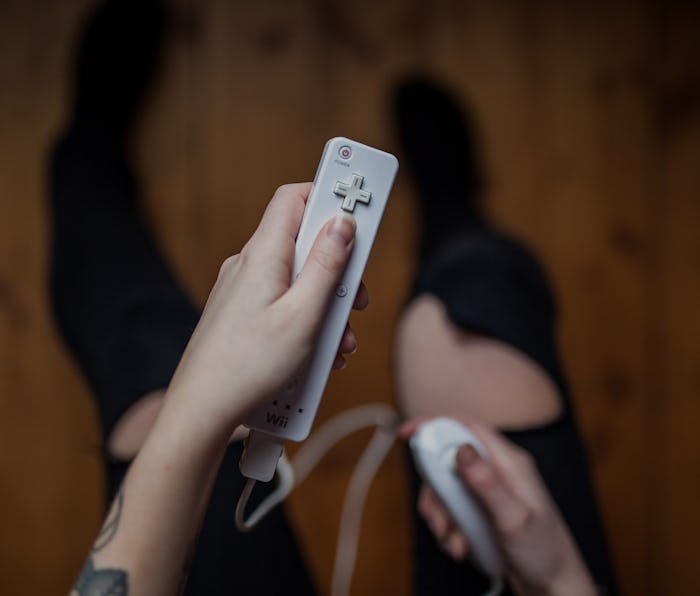Gaming
Early mockups of Nintendo Wii remote show how different it could’ve been
The Wii remote was lauded for its simplicity, but Nintendo almost went in a different direction with it.

Leaked internal emails from Nintendo have been published showing mockup images of the controller for the original Wii. Kotaku earlier reported on the leak.
The emails are from around 2005, the year before the hit console was revealed, and suggest that Nintendo was considering some slightly more complicated designs before it landed on what was to become the official Wiimote, as the remote is called.
Simplicity was key — Among them, some of the suggested designs look more like a television remotes than a game controller.
Some gamers would have liked the final controller to include more buttons for playing sideways. But that probably wouldn’t have been a good idea for the Wiimote, as simplicity made the controller easy to use for people of all ages. And more buttons would’ve been uncomfortable in single-handed use, which was the predominant way games were played. The Wii was most popular for group party games.
For players of more complicated first-person shooter games like Metroid Prime, more buttons for quick access to weapons and other in-game actions would have been appreciated.
Major hit — Released in 2006, total lifetime sales for the Wii reached over 100 million units, making it Nintendo’s best-selling console and one of the overall best-selling home consoles to date. Its successor in the Wii U was quite the opposite, however, considered a major flop for Nintendo, though the exact reasons why it failed are hard to say. The console had a thin catalog of games at launch and a tablet-like controller that failed to enhance most games.
Things turned around with the Switch handheld console, which took some of the Wii U’s concepts and refined them. The Switch continues to sell like hotcakes despite being released in 2014 and facing renewed competition from Sony and Microsoft.
Nintendo’s consoles, including the Wii, have never been on the cutting edge of speed or graphics performances, but its library of exclusive games has proven more than sufficient to keep consumers buying its wares.